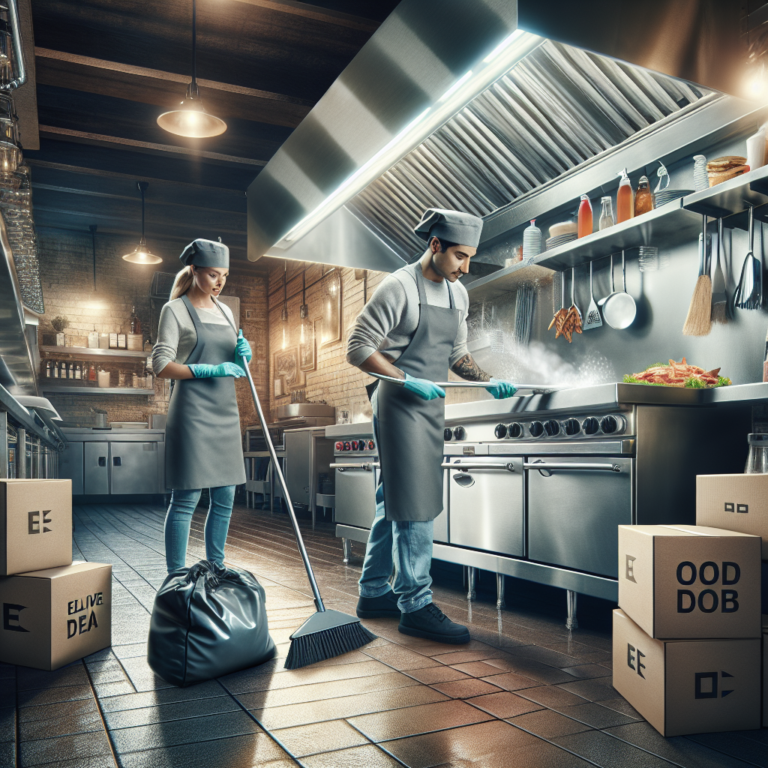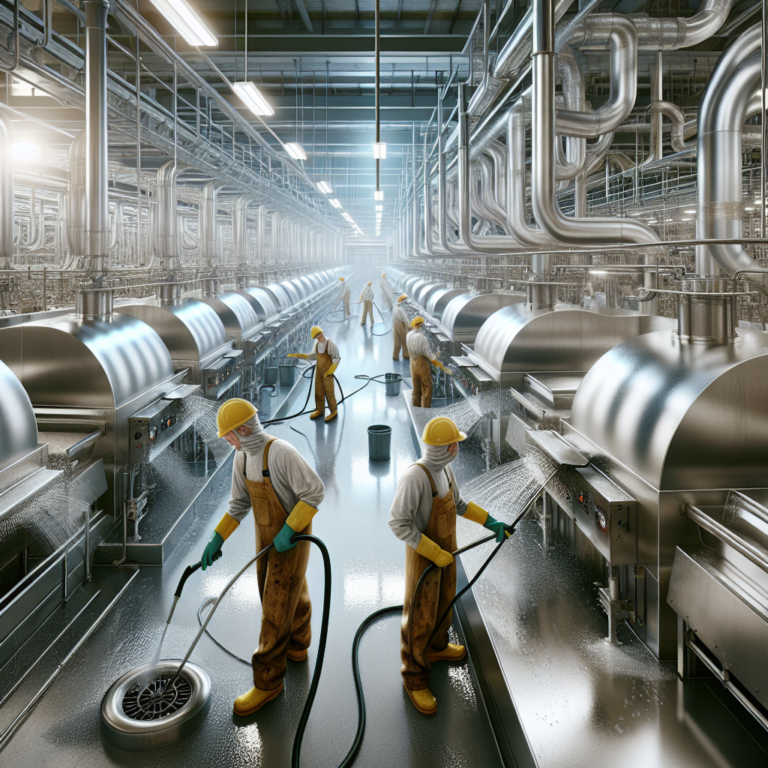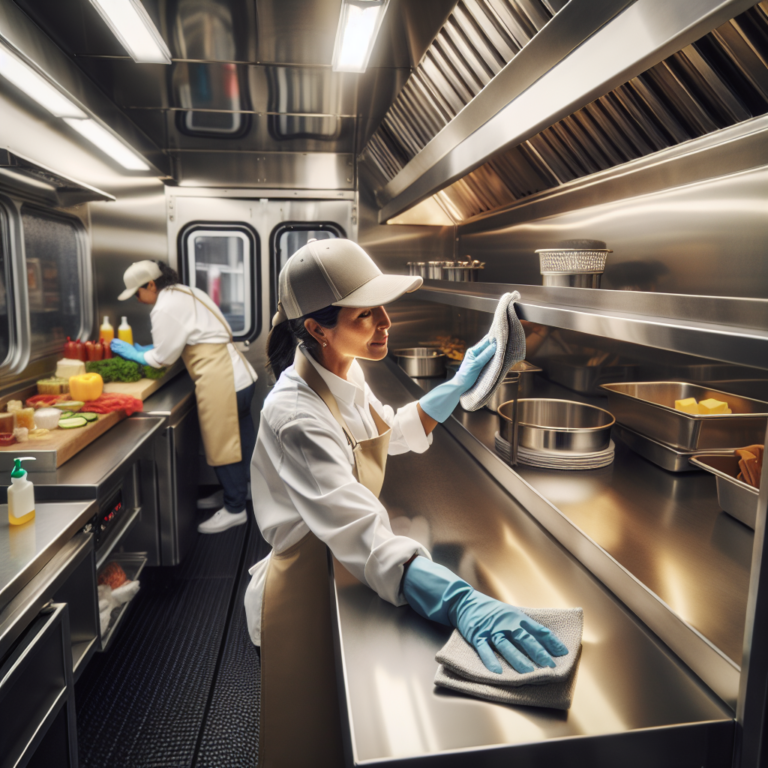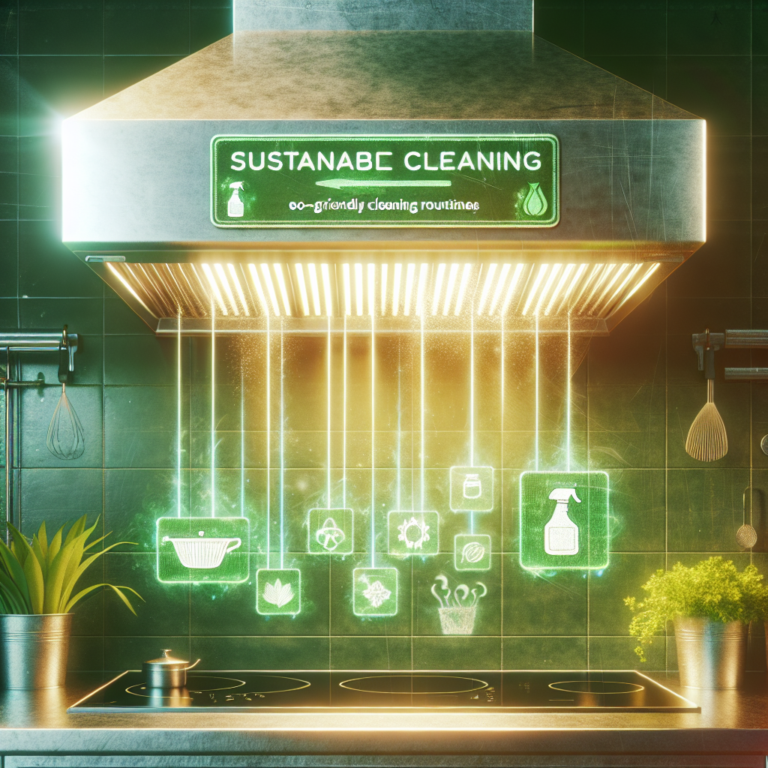Understanding Hood Cleaning Regulations for Compliance Across Jurisdictions
Understanding the Significance of Hood Cleaning and Government Regulations
In the bustling world of culinary expertise and delicious aromas, behind the scenes of every commercial kitchen is a critical component often overlooked—exhaust hood systems. The cleanliness and compliance of these systems are essential not only for the efficiency of a kitchen but also for the safety of the establishment. Understanding the specific regulations and guidelines regarding hood cleaning across different jurisdictions is crucial for every restaurant owner, especially in regions like Los Angeles, Santa Monica, and Orange County.
The Basics of Hood Cleaning Regulations
Hood cleaning, often referred to as restaurant hood cleaning or commercial kitchen hood cleaning, involves the thorough cleaning of a kitchen’s exhaust system. This includes the hood, ductwork, filters, and exhaust fans. The primary goal is to ensure these components are free from grease and other flammable residues to prevent fire hazards.
Key Regulatory Bodies and Standards
In the United States, the National Fire Protection Association (NFPA) Code 96 serves as the cornerstone for hood cleaning regulations. NFPA 96 outlines the minimum fire safety requirements for commercial cooking operations. Adherence to these standards is not optional; it’s a necessity. Additionally, local jurisdictions in places like Los Angeles and Santa Monica often have supplementary regulations to ensure even stricter compliance.
- Frequency of Cleaning: Depending on the type of cooking and volume, hood cleaning can range from monthly to annual sessions. High-frequency devices need more frequent cleaning. For instance, solid fuel cooking appliances require monthly cleaning.
- Certified Professionals: Cleaning should be conducted by qualified professionals who are familiar with the NFPA standards and local regulations.
- Documentation and Reporting: Maintaining a log of cleaning activities, inspections, and any necessary repairs is essential for compliance and safety audits.
Ensuring Compliance in Los Angeles, Santa Monica, and Orange County
For restaurant owners in Los Angeles and neighboring areas, navigating the regulatory landscape can be daunting. Here, the responsibility goes beyond just cooking great food—you must also ensure that your kitchen’s exhaust system is pristine and compliant with local codes. This is where expertise in commercial kitchen hood cleaning becomes crucial.
Steps to Achieve Compliance
- Regular Inspections: Schedule regular inspections and cleanings with a certified hood cleaning company familiar with California’s specific regulations.
- Understand Local Codes: Each jurisdiction may have different regulations concerning the materials or processes allowed. Contact local regulatory agencies in Santa Monica or Orange County to get the right information.
- Training and Internal Checks: Train your staff to recognize signs of hood malfunction or excessive grease buildup. Regular internal inspections can catch potential issues early.
- Keep Documentation: Maintain detailed records of all cleaning and maintenance activities. This documentation can be the difference between smooth sailing and shutting down when health inspectors come knocking.
Avoiding Common Pitfalls
Even the most compliant restaurant can fall prey to common pitfalls. Awareness and proactive strategy can prevent potential compliance breaches. Here are a few tips on avoiding frequent errors:
- Overlooking the Frequency of Cleaning: Adjust cleaning frequency based on your kitchen’s needs, not just the minimum code requirements.
- Ignoring Signage of Wear and Tear: Regular checks should look for signs of wear and not just focus on cleanliness. Parts in disrepair can also pose hazards.
- Using Uncertified Cleaning Services: Always use professionals who have a deep understanding of local regulations and proper cleaning techniques.
The Benefits of Compliance
The benefits of adhering to hood cleaning regulations extend beyond avoiding fines and shutdowns. A clean kitchen hood system improves the functional efficiency and air quality of a kitchen, contributing to a more pleasant working atmosphere. Moreover, thoughtful compliance significantly reduces fire risks and ensures the safety of the staff and patrons.
Extreme examples of failing to comply with hood cleaning regulations often end catastrophically. Kitchen fires resulting from grease-laden exhaust systems can lead to loss of property and business, injured employees, bad PR, and increased insurance premiums. Thus, compliance isn’t just a legal formality—it’s a smart business practice.
Conclusion
Staying ahead of the curve with respect to hood cleaning regulations might feel like a daunting task, but it is an essential one. As a restaurateur or commercial kitchen owner in Los Angeles, it is vital to integrate compliant cleaning practices into your operational schedule. Detailed knowledge of both national and local regulations is your frontline strategy in ensuring a well-oiled, profitable culinary establishment. If you’re interested in learning more about how to stay compliant or need professional cleaning services, visit Los Angeles for further guidance.







